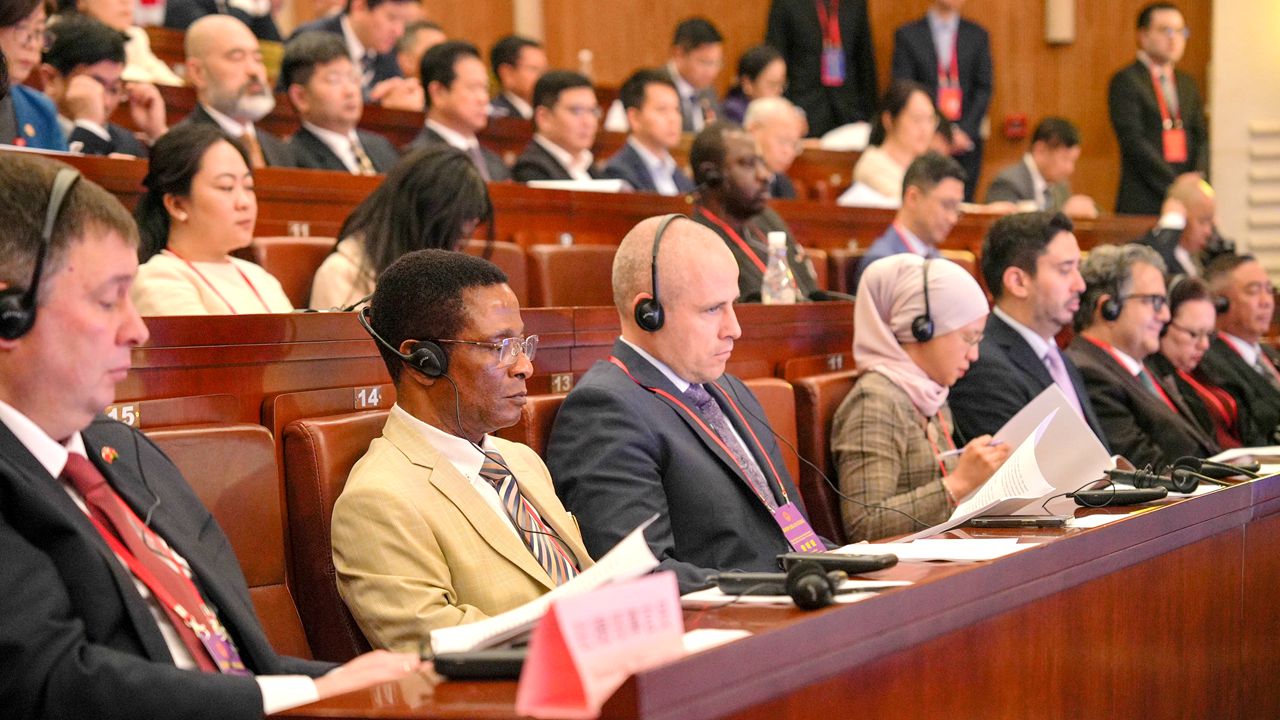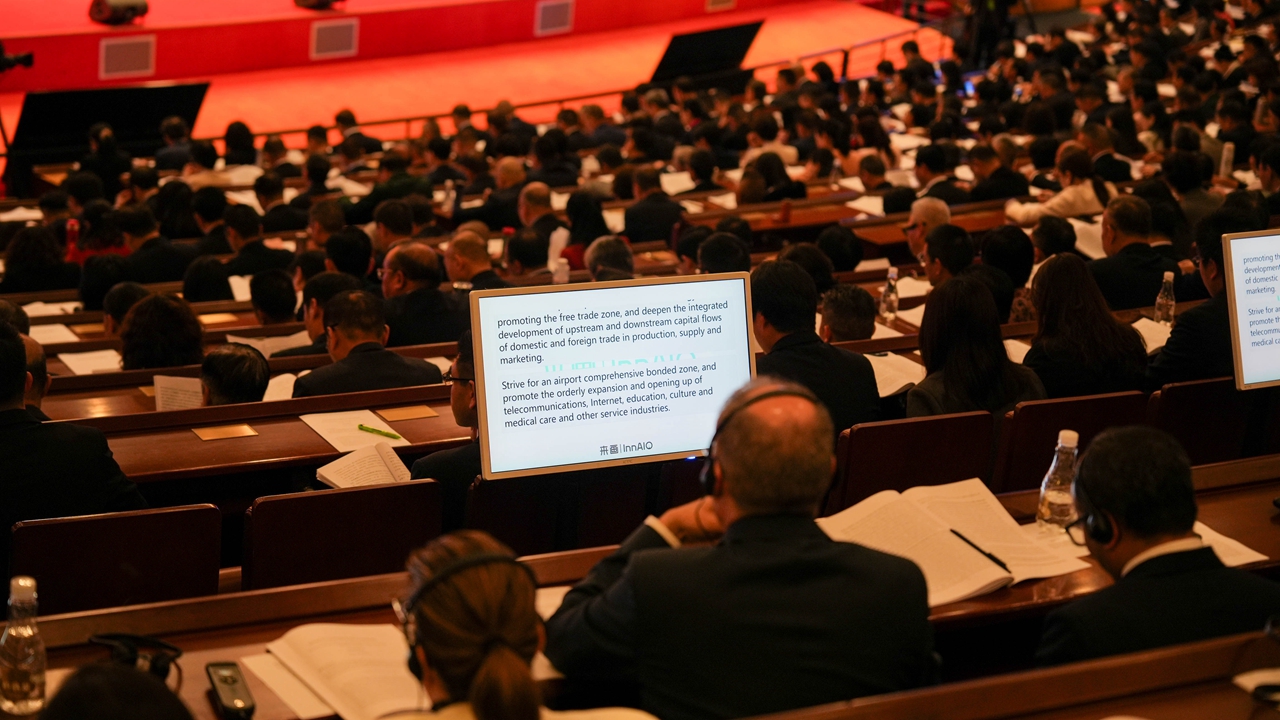The Sixth Session of the Seventh Shenzhen Municipal People’s Congress opened yesterday morning with a fervent discussion among foreign consul generals over the city’s ambitious government work report.
Mayor Qin Weizhong’s government work report provided a comprehensive review of Shenzhen’s remarkable achievements in 2024 and introduced a visionary blueprint for 2025, emphasizing initiatives in economic growth, technological innovation, and public welfare enhancement.

Foreign consular officials listen attentively during the Sixth Session of the Seventh Shenzhen Municipal People’s Congress yesterday.
Among the foreign consular officials who sat in on the meeting were Alan Coêlho de Séllos, consul general of Brazil in Guangzhou, and Andrei Popov, consul general of Belarus in Guangzhou. Both expressed admiration for the work report and a desire for closer cooperation with Shenzhen.
Coêlho de Séllos expressed astonishment at the scale and magnitude of Shenzhen’s developments. “The existence of a city like Shenzhen and its remarkable technological prowess are a testament to what can be done through cooperation between governments and academia,” he said, expressing interest in further exploring technological advancements such as artificial intelligence and communications.
He also praised the business environment in Shenzhen, noting the presence of corporate giants like Huawei, Tencent, and BYD, and expressed hope for Chinese investment in Brazil’s technology and education sectors.
Popov believed that the goals and plans proposed in the report are ambitious and timely. He highlighted the importance of Shenzhen’s role in the Guangdong-Hong Kong-Macao Greater Bay Area development plan and expressed eagerness for joint cooperation projects, particularly in AI applications, high-precision industries, and robotics.
“I think Shenzhen will continue its role as a pioneer of technology, innovation, and science — more specifically in promoting emerging strategic industries like robotics, new energy vehicles, and all sorts of products related to the application of biotechnology,” he told Shenzhen Daily.

A foreign observer reads a screen displaying the English translation during the annual meeting of the city’s legislature yesterday. The meeting is using AI-powered simultaneous interpretation software for the first time, a first at the government level in China. According to its Shenzhen-based developer LAiPIC, the software offers a real-time response time of 0.5 seconds.
Popov also commended Shenzhen’s improving business environment, singling out the city’s efforts in intellectual property rights protection and simplified models of cooperation.
It is worth noting that the meeting is using AI-powered simultaneous interpretation software for the first time, a first at the government level in China. The software, which offered real-time translation to foreign attendees, was developed by a Shenzhen company.



